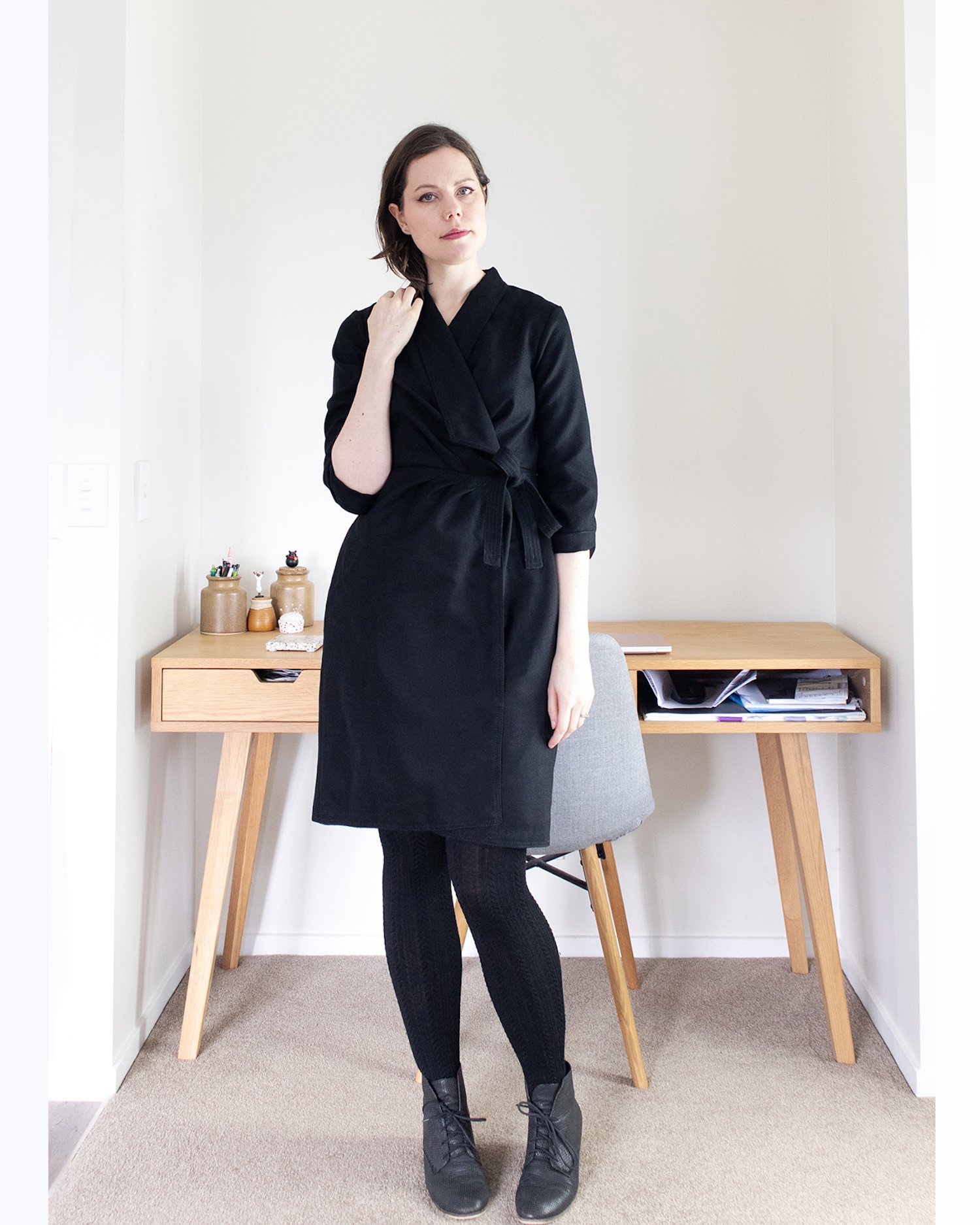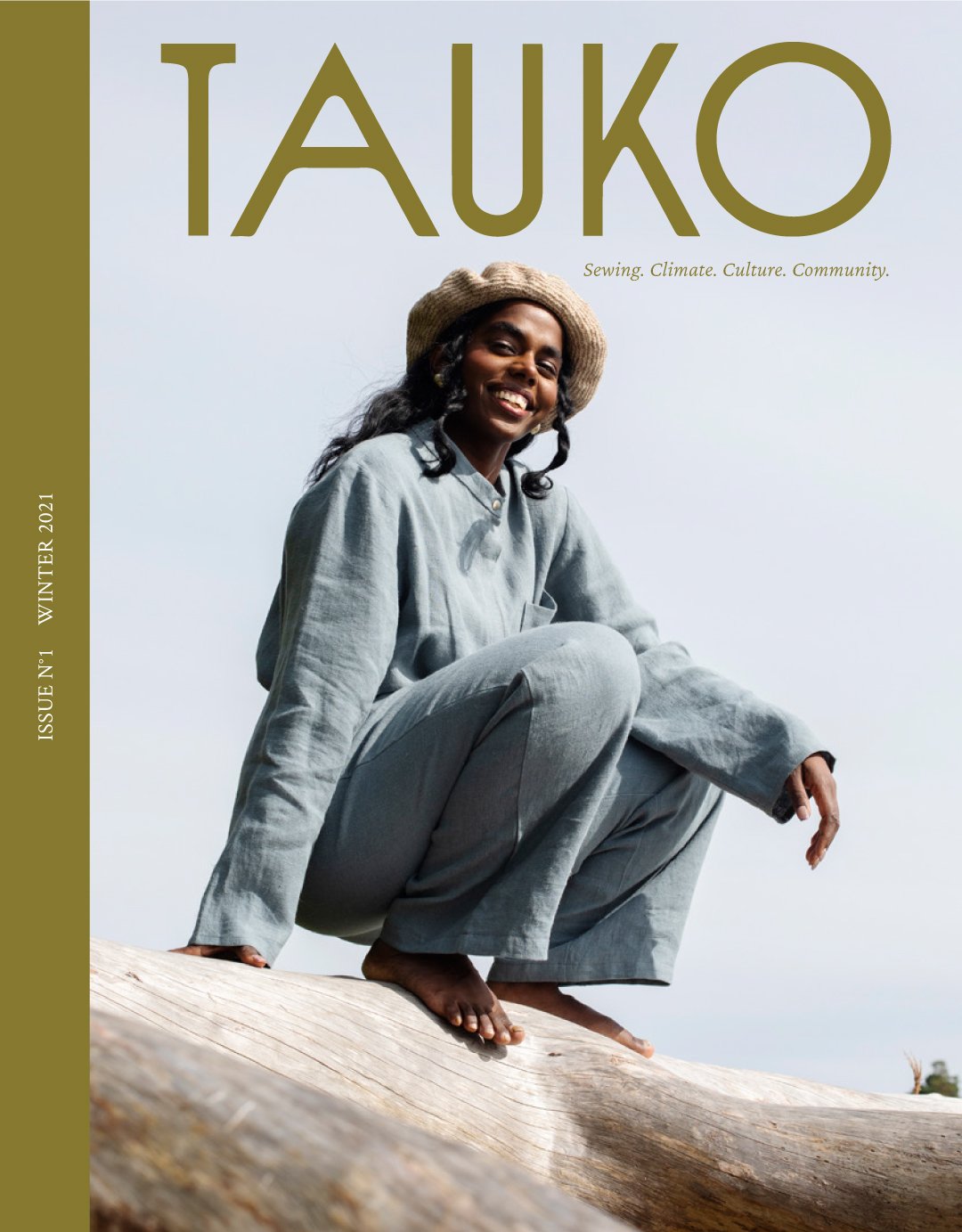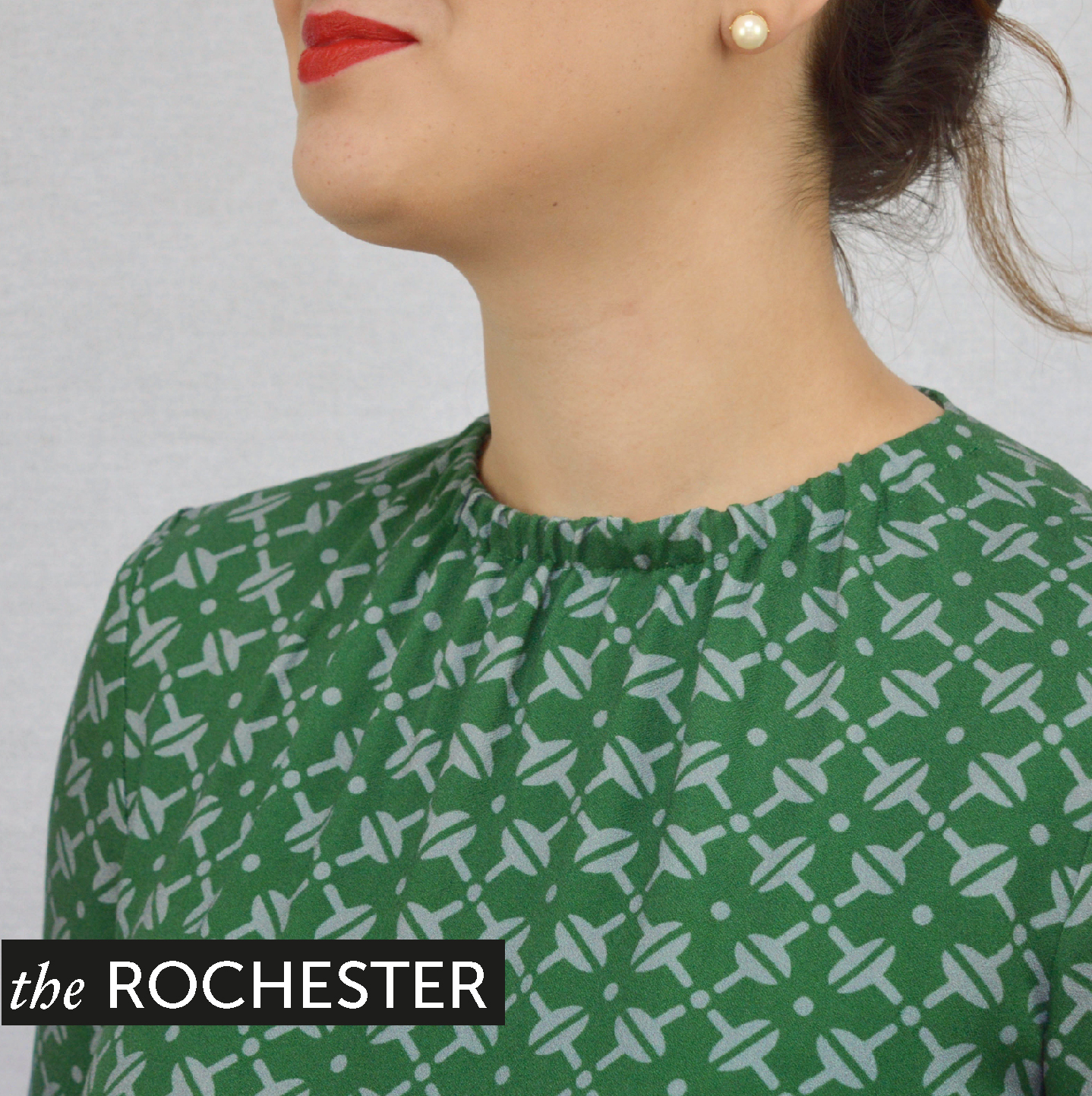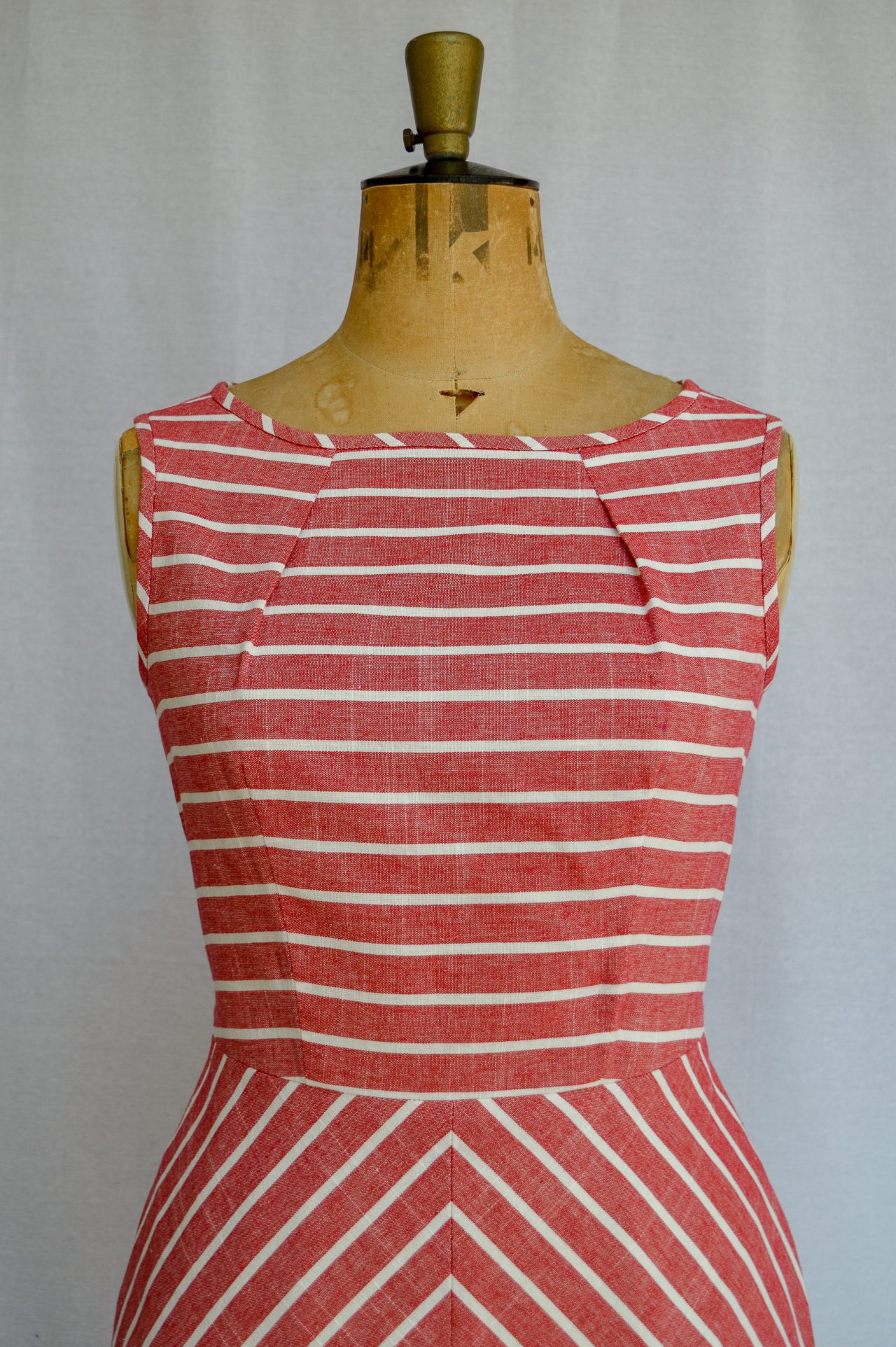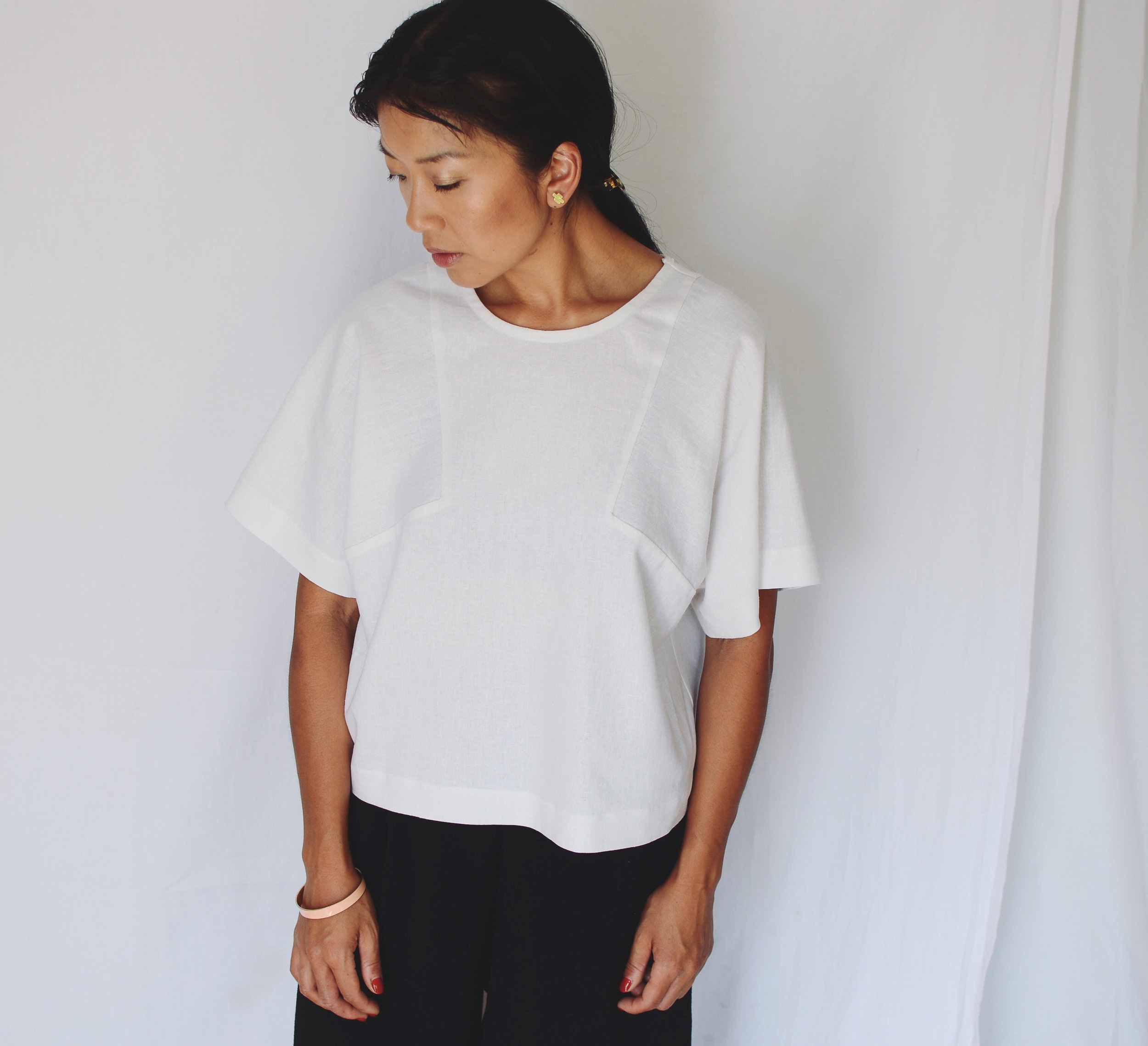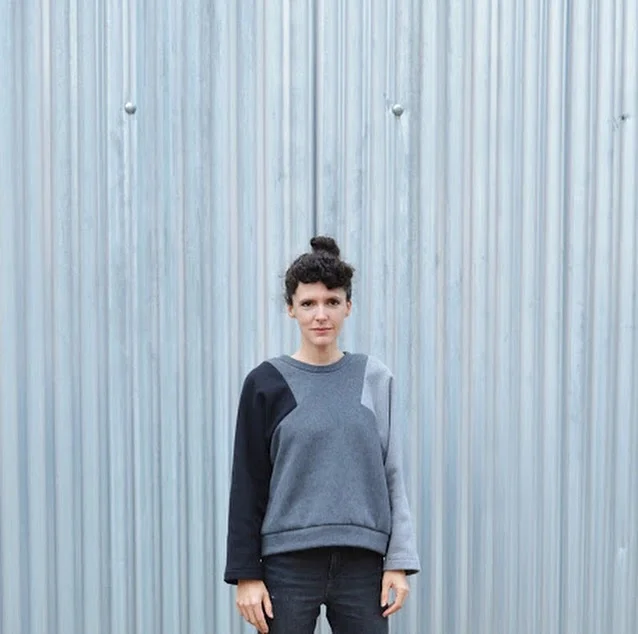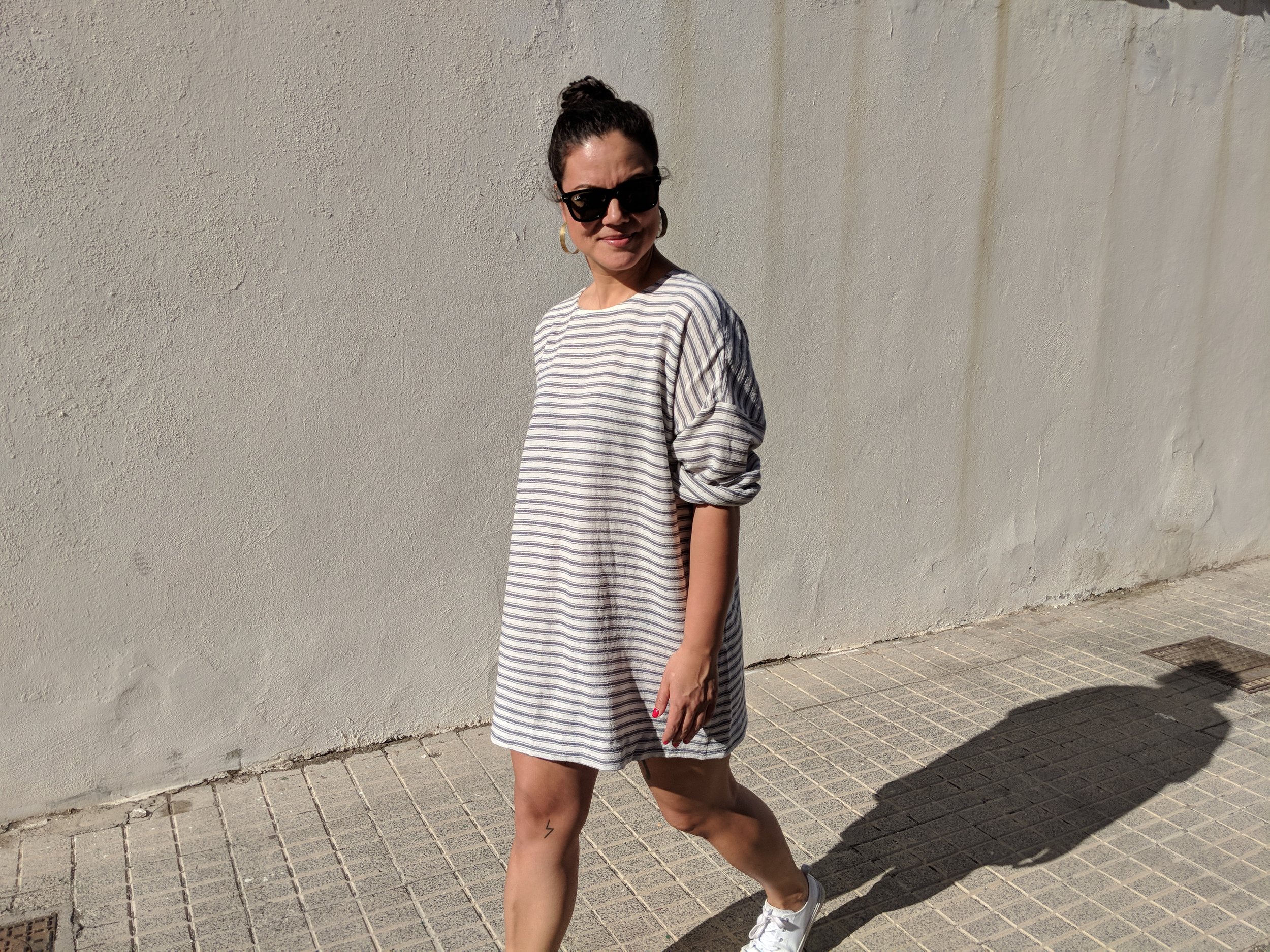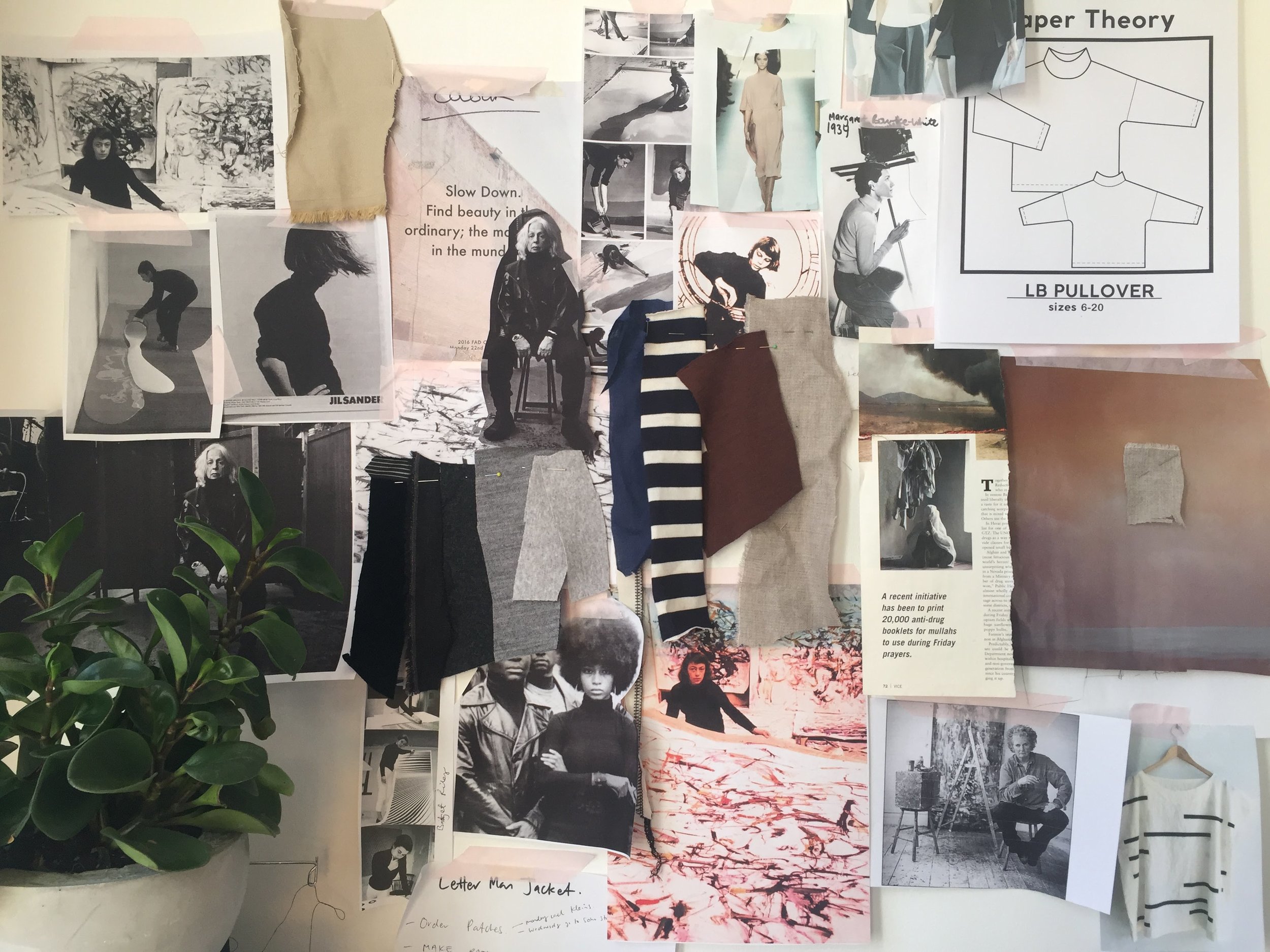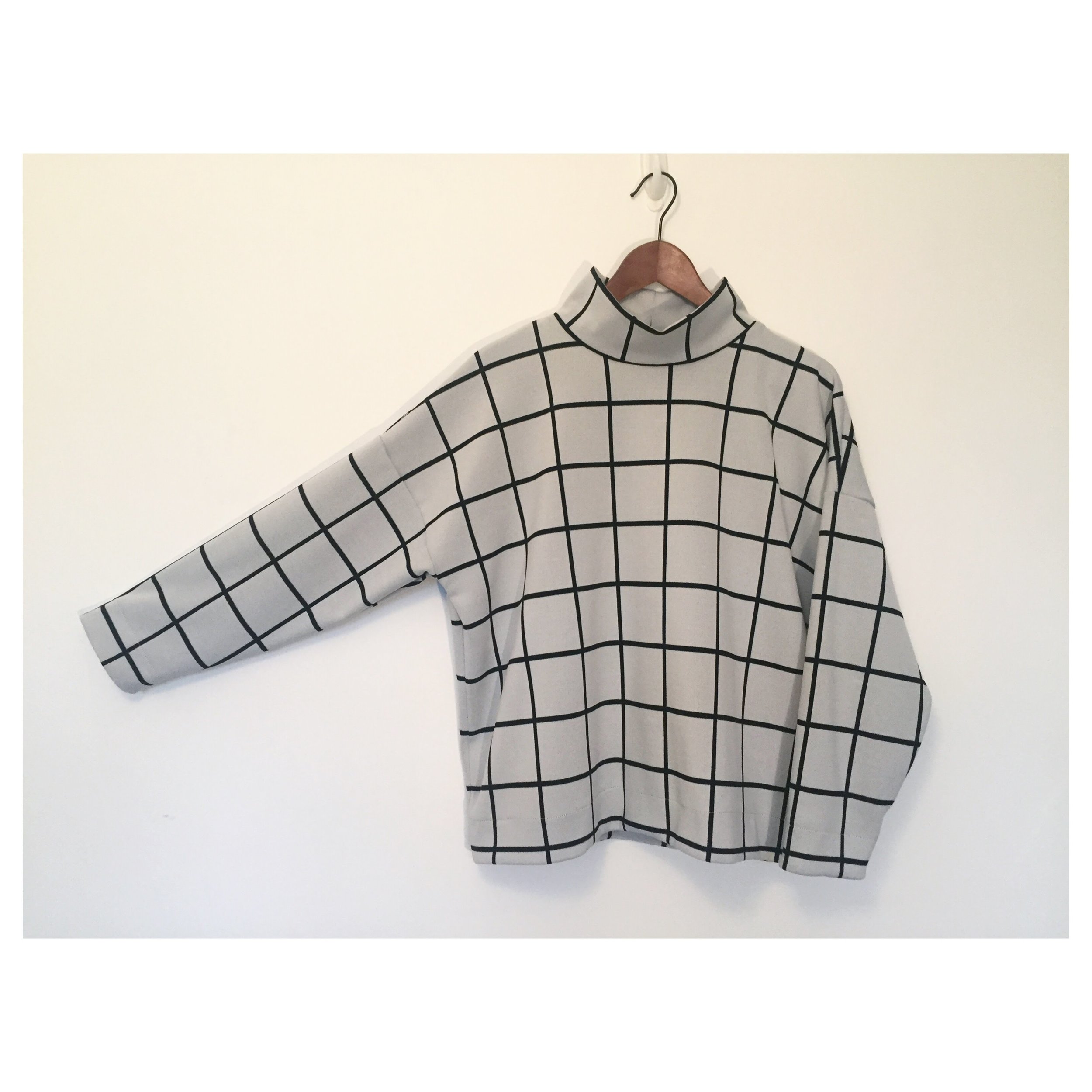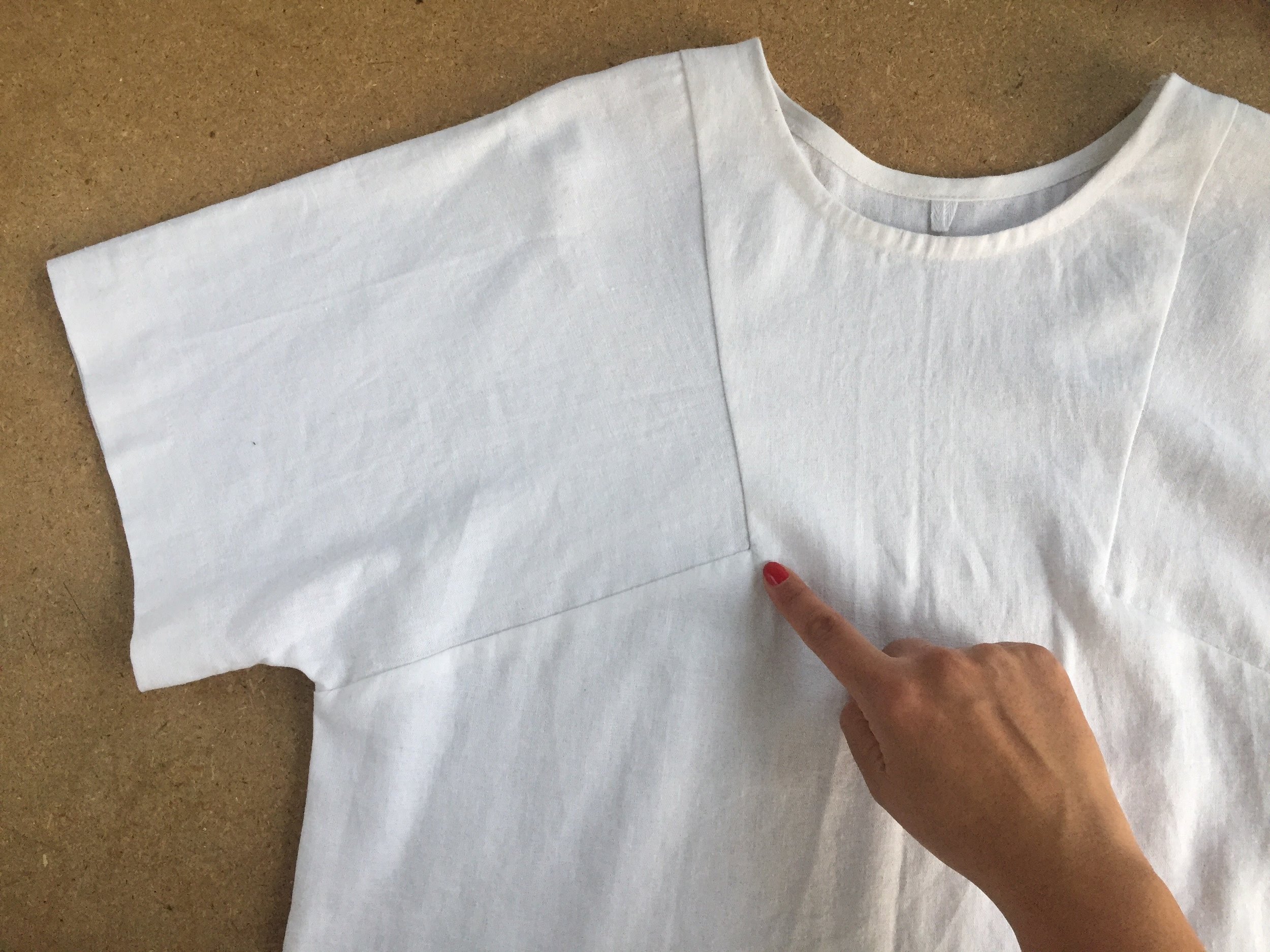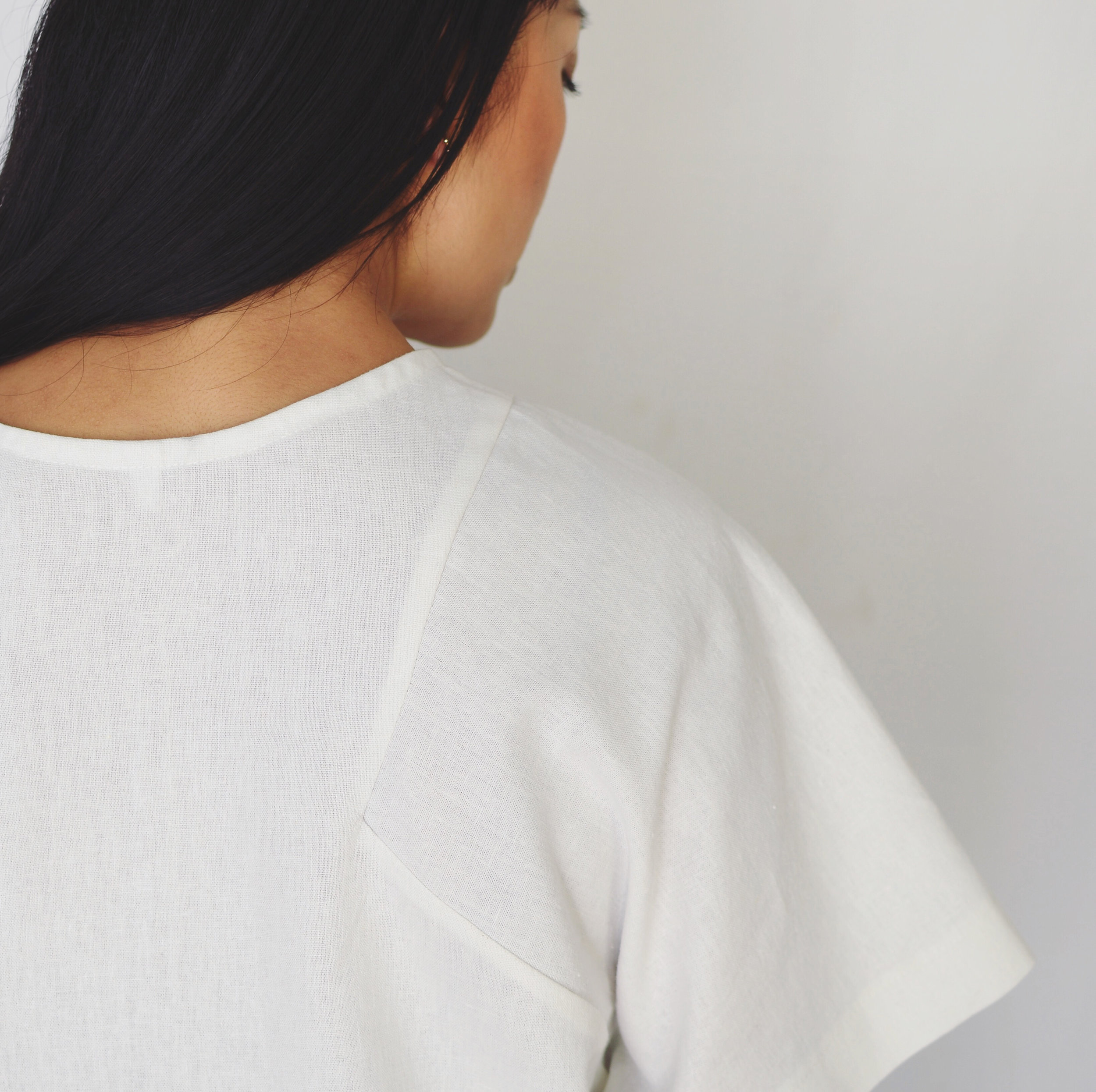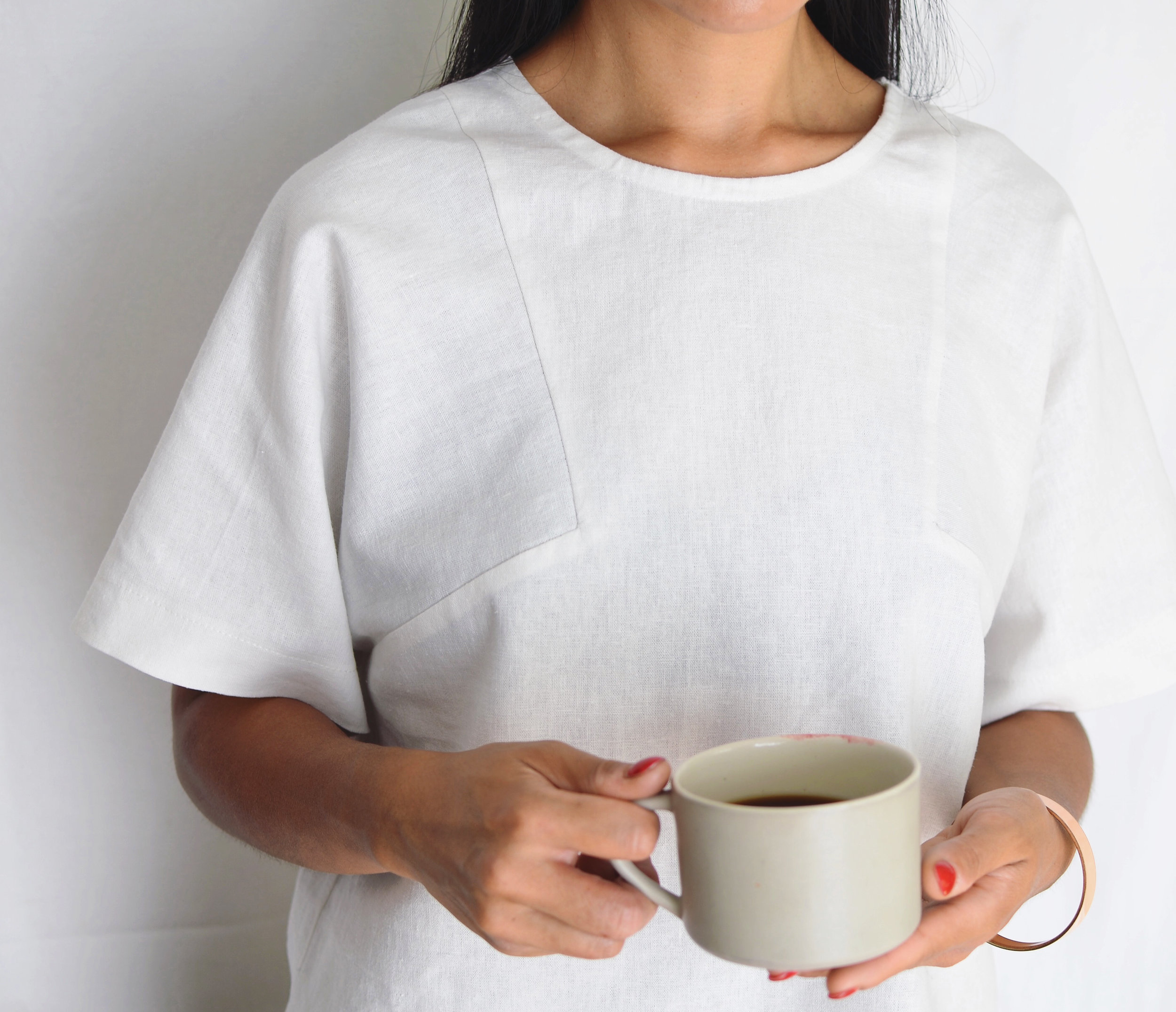If you’ve been following the launch of Tauko magazine, you might notice that New Zealander Johanna Morris - a Wellingtonian, to boot! - features in the first issue with her pattern for a lovely waterfall cardigan called Kirsi. We caught up with her to learn more about her pattern-making practice and her journey with her company, Forget-me-not Patterns, thus far.
Jo in her Adeline wrap dress
NEWTOWN HOUSE: Please tell us how you got started in sewing, and in pattern-making. When did you launch Forget-me-not?
JOHANNA MORRIS: I have always loved making things with my hands, so I've dabbled with all sorts of creative things throughout my life. I started out with home sewing as a hobby, but I never thought I'd seriously do anything fashion-related as a job. I started my design degree initially intending to work in visual design, but my obsession for pattern-making and fashion design was really where my heart was, and that led me to switch to get my bachelor's degree in fashion. After graduating, I realised that makers were my people, as I am very passionate about slow fashion, sustainability, and the joy of making. That led me back to the sewing community, and I launched Forget-me-not in mid-2019.
NH: How could you describe your style? Is it evolving over time?
JM: My style has definitely evolved a lot over time! When I first started, my style was a lot more kitsch and vintage-inspired. These days, I am more drawn to understated details and prints. I've never lost my love for tailored and fitted looks though; I think that will always be my favourite kind of style to design and wear! I think I'd describe myself as a shy but exacting person, so that comes through in my designs not being flashy, but having thoughtful details.
NH: What do you find most inspiring about your business?
JM: Definitely the lovely customers! I've met so many kind and supportive people in the sewing community. I love sharing their passion for making, and it inspires me to strive to make sewing as enjoyable as possible, with instructions that are helpful, and make learning fun! That was always a pain point for me as a beginner sewer; frustrating instructions that were vague and made you want to chuck the whole garment away. Haha!
NH: What's your favourite pattern, and why?
JM: My favourite pattern right now is the Adeline wrap dress. It has quite a few of my signature elements, with a tailored fit and a little something extra added with the structured diagonal pleats. It's all about the details! It also really challenged me - I like to design things that are not-so-basic and stand out from the crowd.
NH: What's next for Forget-me-not? (And how did you choose the name for your business?)
JM: Next year I'm hoping to release more designs! This year was a difficult one in so many ways, but I've slowly and steadily been moving forward. I always push myself technically as a pattern designer too, so no doubt there will be some interesting patternmaking and construction to show for my efforts. For the business name, I chose a flower that summed up my design vision - something that is quite delicate, and maybe not the biggest, boldest, brightest bloom, but beautiful nonetheless. And the name "Forget-me-not" also fits with my passion for the small details that make designs memorable.
NH: What's your favourite thing about sewing? How would you 'sell' the experience of garment sewing to someone who was curious about starting?
JM: My favourite thing about sewing is getting into the flow and watching a 2D pattern piece transform into a 3D shape thanks to my hands! There are so many things to love about sewing. I'd sell the experience as something that is very empowering. You get to make something that is uniquely you, and that's something to be proud of, no matter what you make. I never tire of sewing because there's always more to learn and always exciting designs on the horizon to explore.
Photos courtesy Jo Morris and TAUKO magazine. If you’d like a copy, you can pick one up from us here.

